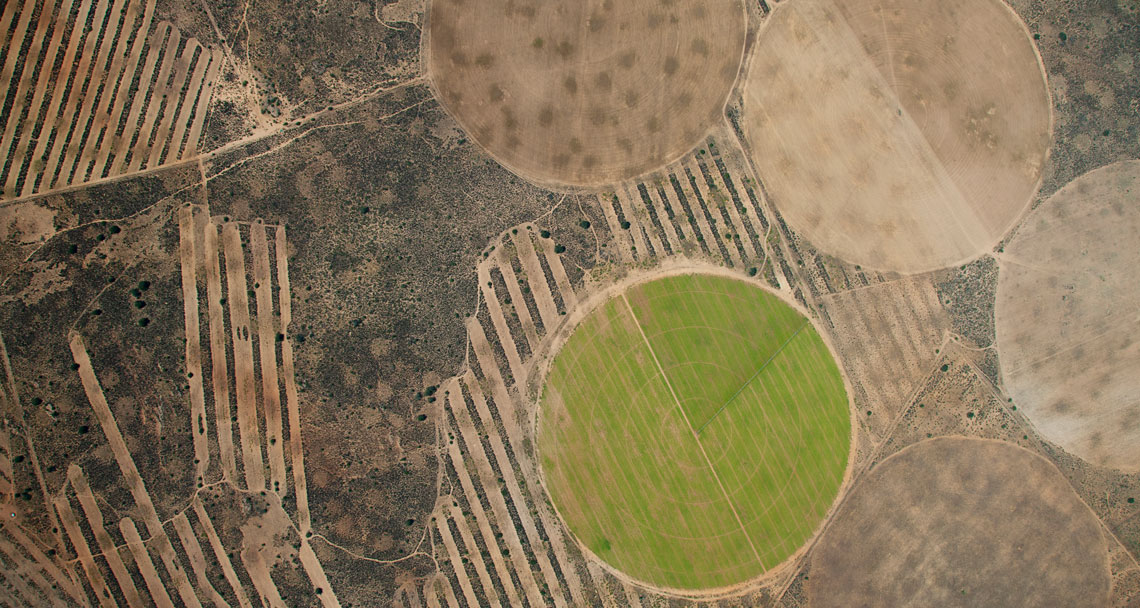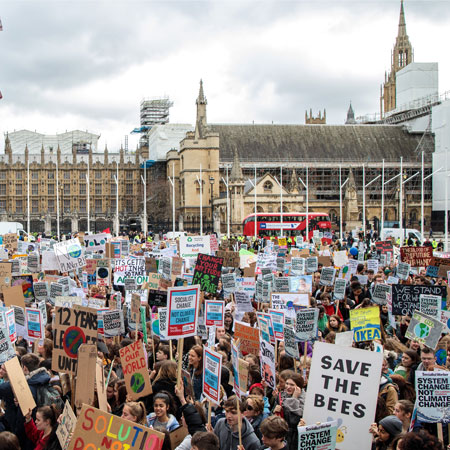Understanding food security has never been more critical. Climate change and extreme weather were testing food systems to their limits even before Covid-19 closed borders and shook labour availability. To give investors global context, Savills Food Security Index ranks 38 countries based on four pillars of food security: availability, access, utilisation and stability.
- Availability Ensuring an adequate supply of food. Greater weighting is given to domestic production due to reduced exposure to disruptive international influences.
- Access Infrastructure must be developed to allow distribution of food from source. Food must also be affordable, which consists of a combination of factors including personal wealth and food prices.
- Utilisation Does the consumption of available food result in reduced malnutrition? Food of poor safety and quality may actually compromise food security.
- Stability Nations with high climatic, economic or political insecurity have higher risk of supply chain disruption and so lower food security. A lack of stability can seriously impact all other pillars of food security.
Savills Food Security Index
Source: Savills Research
Africa
Considering they are both major food exporters to Europe, Kenya and Senegal are surprise laggards in the index. Cameroon and Tunisia also hold one or more of the bottom places in each pillar. Food access is less of an issue in these countries than utilisation, where food safety, food quality and general health all contribute to a heightened risk of malnutrition.
Asia-Pacific
Across Asia, once food is available, access to it is not a concern, but mediocre utilisation and stability drag on average weightings. Export economies New Zealand and Australia top and tail the top five spots in the overall index due to strong performance in availability and stability. In contrast, developing Thailand and Indonesia rank poorly due to low food quality in respect of calorific and nutritional adequacy. Japan is the most stable nation, and second in our rankings for accessibility. India is in the bottom 10 overall and never outside of the lower half of the table for any category.
Europe
Western Europe ranks as the most food secure area in the world, led by Denmark, the Netherlands and Ireland. The emerging economies of Eastern Europe are all within the top 10 for domestic food production, leading to a good performance in food availability, but performance in other categories is highly variable.
The Middle East
Stability, with its consideration of politics, economics and business climate, affects all aspects of food security and is an ongoing concern for the Middle East. Despite this, good utilisation and reasonable access means the Middle East as a whole scores only slightly below the global average.
North America
The highly developed economies of the United States and Canada score well above the global average with consistently high performance. However, Mexico’s instability affects its own ranking and that of its neighbour, the USA.
South America
South America is severely hampered by the accessibility of its food, particularly in terms of physical infrastructure. Affordability is almost equally poor. South America is below the global average overall.




